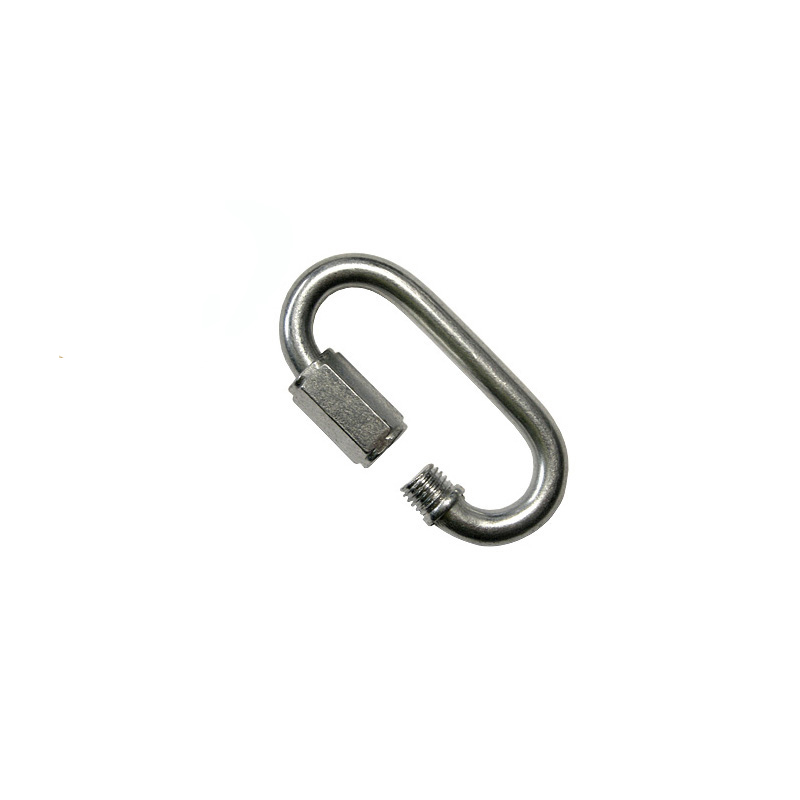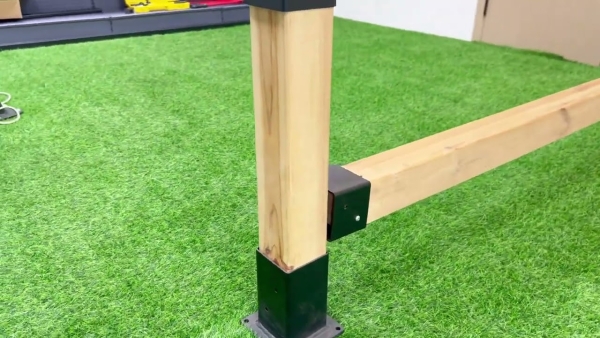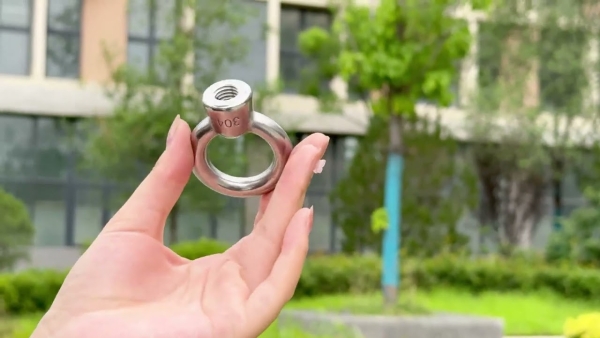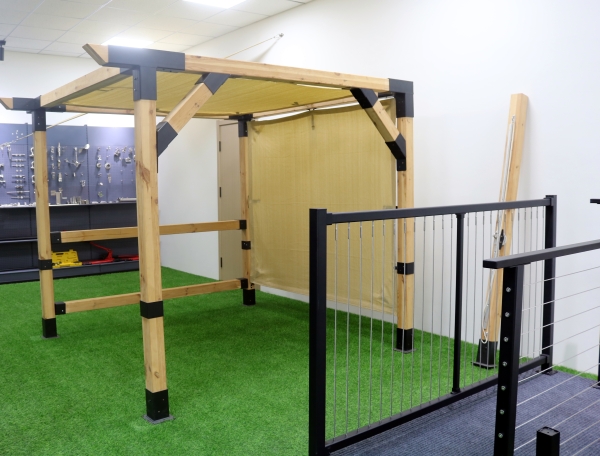Table of Contents
Do I Need a Permit to Build a Pergola
Building a pergola can be a great addition to any outdoor space, providing shade and a place to relax and entertain. However, before embarking on this project, it is important to consider whether a permit is required to build a pergola in your area.
In many cases, a permit is required to build a pergola, as it is considered a structure that may impact the safety and aesthetics of the surrounding area. Permits are typically required for any structure that is attached to a building or exceeds a certain size. It is important to check with your local building department to determine the specific requirements for your area.
When applying for a permit to build a pergola, you will likely need to provide detailed plans and specifications for the structure. This may include information on the size, height, and materials used in the construction of the pergola. It is important to ensure that your plans comply with local building codes and regulations to avoid any delays or fines during the construction process.
In addition to obtaining a permit, it is also important to consider the type of wood that is best suited for building a pergola. The choice of wood can impact the durability and appearance of the structure, so it is important to choose a high-quality, weather-resistant wood that will stand up to the elements.

One of the most popular choices for building a pergola is cedar wood. Cedar is a durable and weather-resistant wood that is naturally resistant to rot and decay. It also has a beautiful natural color and grain pattern that can add warmth and character to your outdoor space.
Another popular choice for building a pergola is redwood. Redwood is a strong and durable wood that is also naturally resistant to rot and decay. It has a rich, reddish-brown color that can add a touch of elegance to your outdoor space.
If you are looking for a more affordable option, pressure-treated pine is a good choice for building a pergola. Pressure-treated pine is treated with chemicals to make it more resistant to rot and decay, making it a durable and cost-effective option for outdoor construction projects.
In conclusion, building a pergola can be a great way to enhance your outdoor space, but it is important to consider whether a permit is required before starting construction. It is also important to choose the right type of wood for your pergola to ensure durability and aesthetics. By following these guidelines, you can create a beautiful and functional pergola that will enhance your outdoor living experience for years to come.
Which Wood is Best for Pergola
When it comes to building a pergola, one of the most important decisions you will need to make is what type of wood to use. The type of wood you choose will not only affect the appearance of your pergola but also its durability and longevity. In this article, we will discuss some of the best types of wood for building a pergola and the factors you should consider when making your decision.
One of the most popular choices for building a pergola is cedar. Cedar is a durable and long-lasting wood that is naturally resistant to rot and decay. It also has a beautiful natural color that can be left untreated or stained to match your outdoor decor. Cedar is a relatively lightweight wood, making it easy to work with and install. However, cedar can be more expensive than other types of wood, so it may not be the best choice for those on a tight budget.
Another popular choice for building a pergola is redwood. Redwood is a strong and durable wood that is also naturally resistant to rot and decay. It has a rich, reddish-brown color that can add warmth and character to your outdoor space. Like cedar, redwood is relatively lightweight and easy to work with. However, redwood is also more expensive than other types of wood, so it may not be the best choice for those looking to save money.
If you are looking for a more budget-friendly option, pressure-treated pine is a good choice for building a pergola. Pressure-treated pine is a softwood that has been treated with chemicals to make it more resistant to rot and decay. While pressure-treated pine is not as durable as cedar or redwood, it is still a good choice for those on a budget. Pressure-treated pine can be stained or painted to match your outdoor decor, and it is relatively easy to work with and install.
When choosing the best wood for your pergola, there are several factors you should consider. First, consider the climate in which you live. If you live in a humid or rainy climate, you will want to choose a wood that is naturally resistant to rot and decay, such as cedar or redwood. If you live in a dry climate, you may be able to get away with using a less expensive wood, such as pressure-treated pine.
You should also consider the amount of maintenance you are willing to do on your pergola. Cedar and redwood require less maintenance than pressure-treated pine, which may need to be re-stained or painted every few years. If you are looking for a low-maintenance option, cedar or redwood may be the best choice for you.
In conclusion, when building a pergola, the type of wood you choose will have a significant impact on the appearance, durability, and longevity of your structure. Cedar and redwood are popular choices for their natural resistance to rot and decay, while pressure-treated pine is a more budget-friendly option. Consider your climate, budget, and maintenance preferences when choosing the best wood for your pergola.






